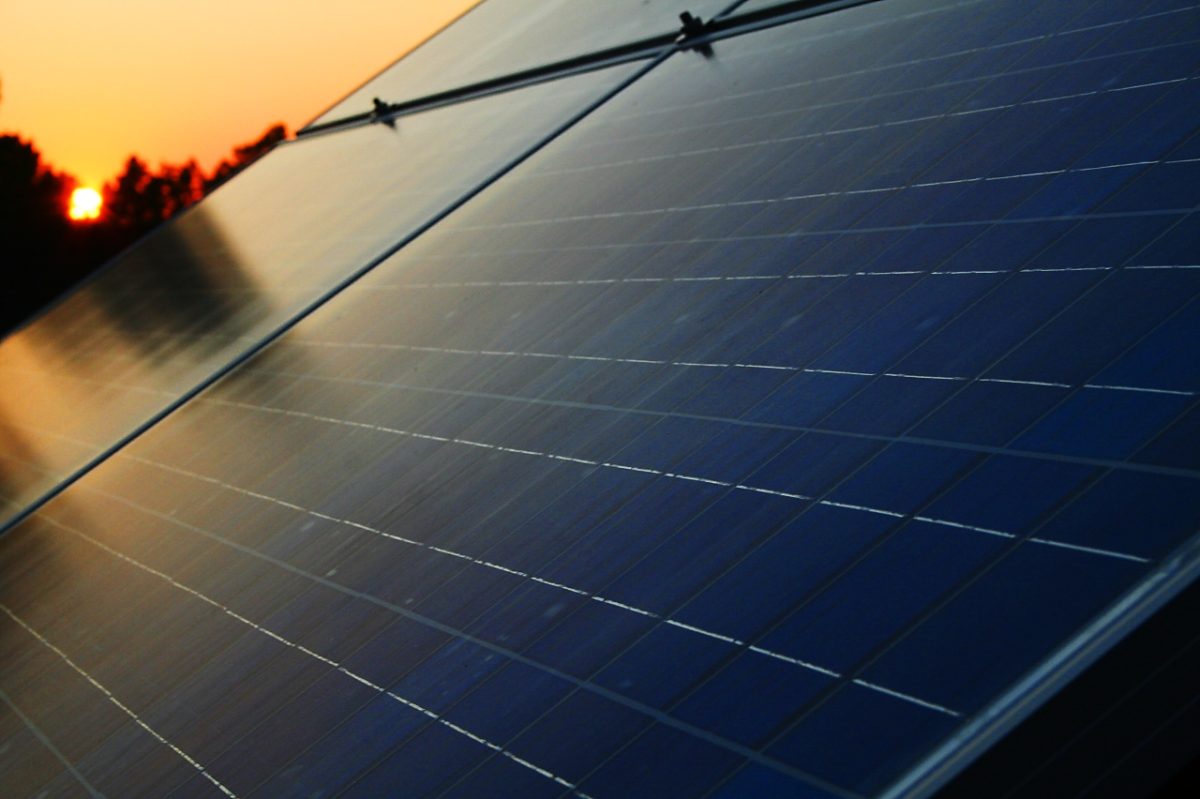Citing Aesop's fable The Tortoise and The Hare, academics from universities in Denmark and Germany have calculated Europe could save €363 billion of the cost of the energy transition by ramping up renewables installation now rather than delaying.
Starting from the premise Europe can only emit a maximum 33 gigatons (Gt) of carbon to mid century if it is to hit the target set by the Paris Agreement, staff from Aarhus University, in Denmark, and Germany's Karlsruhe Institute of Technology, said the cheapest approach involves installing solar and wind capacity now.
The academics modeled, on a hourly basis, five-year periods from this year until 2050 based on a sector-coupled European energy system and took two approaches. Decarbonizing energy, heating and transport is cheaper if policymakers act now, the academics found, as that would give them until 2050 to hit net zero. Delaying would eat up that 33Gt of carbon to the extent net-zero would have to be achieved in 2040, found the researchers, meaning the benefits of ten years' worth of cheaper technology costs would be missed in the ‘late and rapid' energy transition scenario modeled.
The bottom line is that a ‘slow and steady' approach to decarbonization, which would start with 30 GW of new solar generation capacity added each year from now until 2025, would cost €7.875 trillion. Squandering valuable time – and carbon – would result in a €8.238 trillion tab, according to the paper Early decarbonisation of the European energy system pays off, published in Nature Communications.
Popular content
Under the slow and steady approach suggested, Europe would ramp up to 60 GW per year of new solar from 2025-30 and peak at 100 GW per year during 2030-35, with the figure receding to 67 GW in the following five-year-period, rebounding to 75 GW each year in 2040-45 and reaching mid century with 73 GW of new solar annually during 2045-50.
The academics based their 33Gt carbon allowance for Europe on an estimate the world could afford to emit a maximum 800Gt of CO2 between 2018 and 2050 to have a better-than-66% chance of limiting global heating to a maximum 1.75 degrees Celsius. On that basis, a per-capita carbon calculation – with known emissions for 2018 and last year subtracted – would give Europe a 2020-2050 carbon allowance of 48Gt. The researchers suggested the factoring in of historical emission levels would prompt the continent to have more ambitious carbon targets, hence the 33Gt cap.
This content is protected by copyright and may not be reused. If you want to cooperate with us and would like to reuse some of our content, please contact: editors@pv-magazine.com.



By submitting this form you agree to pv magazine using your data for the purposes of publishing your comment.
Your personal data will only be disclosed or otherwise transmitted to third parties for the purposes of spam filtering or if this is necessary for technical maintenance of the website. Any other transfer to third parties will not take place unless this is justified on the basis of applicable data protection regulations or if pv magazine is legally obliged to do so.
You may revoke this consent at any time with effect for the future, in which case your personal data will be deleted immediately. Otherwise, your data will be deleted if pv magazine has processed your request or the purpose of data storage is fulfilled.
Further information on data privacy can be found in our Data Protection Policy.